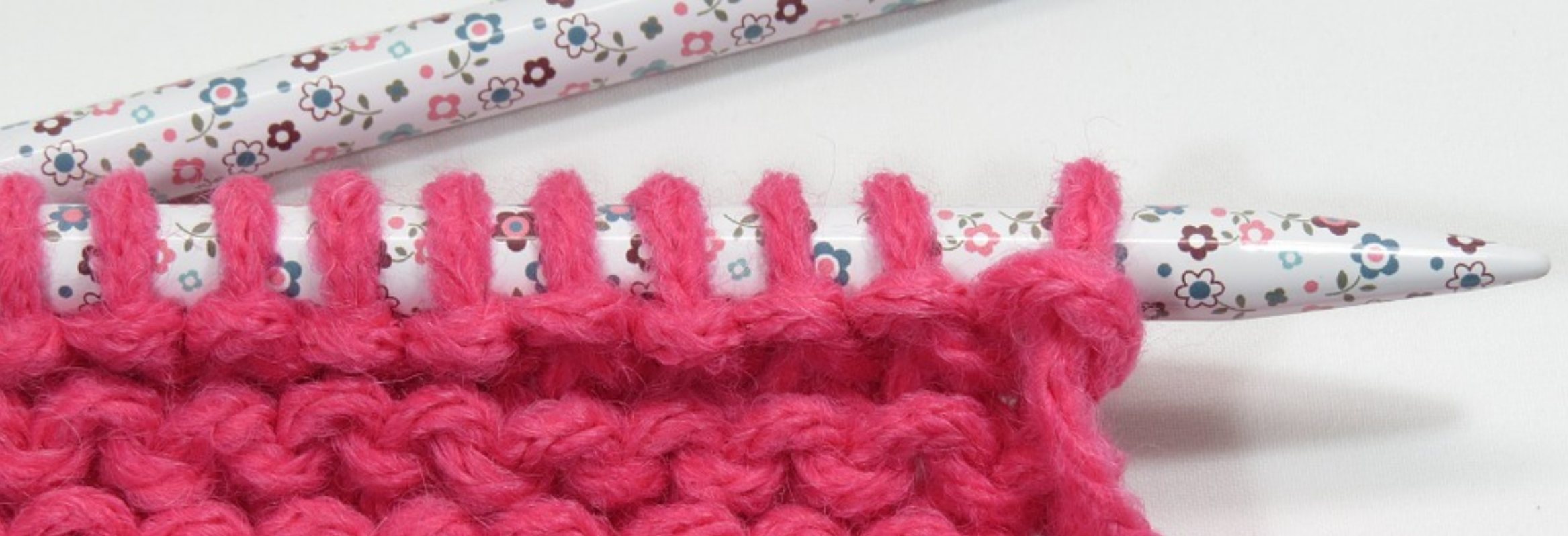3.2: Outlining
- Page ID
- 28067
Outlining

Purpose of an Outline
Creating an outline is an important step in the writing process!
Once your topic has been chosen, your ideas have been generated through brainstorming techniques, and you've developed a working thesis, the next step in the prewriting stage is to create an outline. Sometimes called a "blueprint," or "plan" "map" for your paper, an outline helps writers organize their thoughts and categorize the main points they wish to make in an order that makes sense.
The purpose of an outline is to help you organize your paper by checking to see if and how your ideas connect to each other, or whether you need to flesh out a point or two. No matter the length of the paper, from a three-page weekly assignment to a 50-page senior thesis, outlines can help you see the overall picture.
Having an outline also helps prevent writers from "getting stuck" when writing the first drafts of an essay.
A well-developed outline should show the essential elements of an essay:
- thesis of essay
- main idea of each body paragraph
- evidence/support offered in each paragraph to substantiate the main points.?
A well-developed outline breaks down the parts of your thesis in a clear, hierarchical manner. Writing an outline before beginning an essay can help writers organize ideas generated through brainstorming and/or research. You can also do a "reverse" outline if you need to write a draft before outlining.
In short, a well-developed outline makes your paper easier to write by having a clear plan set out in advance.
The formatting of any outline is not arbitrary; the system of formatting and number/letter designations creates a visual hierarchy of the ideas, or points, being made in the essay.
Major points, in other words, should not be buried in subtopic levels.
Types of Outlines
Alphanumeric Outlines
This is the most common type of outline used and is usually instantly recognizable to most people. The formatting follows these characters, in this order:
Level 1: Main Points Roman Numerals (I, II, III, IV, V, etc.)
Level 2: Support Capitalized Letters (A, B, C, D, E, etc.)
Level 3: Sub-points for Support Arabic Numerals (1, 2, 3, 4, 5, etc.)
Level 4: Additional Supporting Details Lowercase Letters (a, b, c, d, e, etc.)
Alphanumeric Outline Example
- (Main point) Lowering the speed limit to 55 mph on Interstate highways is a cost effective way to reduce pollution and greenhouse gases
- (Supporting detail) Gas mileage significantly decreases at speeds over 55 mph
- (Supporting detail for sub-point) Slowing down from 65 mph to 55 mph can increase MPG by as much as 15 percent
- (Additional explanation/support for supporting detail) Each 5 mph driven over 60 mph is like paying an additional $0.21 per gallon for gas (at $3.00 per gallon).
- (Supporting detail for sub-point) Slowing down from 65 mph to 55 mph can increase MPG by as much as 15 percent
- (Supporting detail) Gas mileage significantly decreases at speeds over 55 mph
If the outline needs to subdivide beyond these divisions, use Arabic numerals inside parentheses and then lowercase letters inside parentheses.
Full Sentence Outlines
The formatting for a full sentence outline is essentially the same as the Alphanumeric outline. The main difference (as the title suggests) is that full sentences are required at each level of the outline. This outline is most often used when preparing a traditional essay.
Full-Sentence Example
- Lowering the speed limit on Interstate highways to 55 mph would create a significant, cost-free reduction in air pollution.
- (Supporting detail) Gas consumption significantly increases at speeds over 55 mph.
- (Supporting detail for sub-point) Slowing down from 65 mph to 55 mph can increase your car's MPG by as much as 15 percent, and thereby eliminate 15 percent of carbon emissions.
- (Additional explanation/support for supporting detail) According to the U.S. Department of Energy (DOE), as a rule of thumb, each 5 mph driven over 60 mph is like paying an additional $0.21 per gallon for gas (at $3.00 per gallon).)
- (Supporting detail for sub-point) Slowing down from 65 mph to 55 mph can increase your car's MPG by as much as 15 percent, and thereby eliminate 15 percent of carbon emissions.
- (Supporting detail) Gas consumption significantly increases at speeds over 55 mph.
"Reverse" Outline
A "reverse" outline is a useful tool for those writers who need to write a draft before they outline--they need to see where their brain went during the writing process. Sometimes, trying to write an outline *before* a draft can lead to writers feeling stuck or blocked. If this is true for you, write a "messy" draft (where your writing is slightly more organized than the freewriting / prewriting). Then write an outline listing the topic sentences or main ideas from each paragraph in the order that you wrote them. This helps you see where your brain went, like using an app to track a random running route. On a new sheet of paper or new document, plan your new map / route: where should your brain have gone? Which paragraphs work better together now that you've visualized them this way?
Creating an Outline
- Identify your topic: Put the topic in your own words in with a single sentence or phrase to help you stay on topic.
- Determine your main points: What are the main points you want to make to convince your audience? Refer back to the prewriting/brainstorming exercise of answering 5WH questions: "why or how is the main topic important?" Using your brainstorming notes, you should be able to create a working thesis.
- List your main points/ideas in a logical order: You can always change the order later as you evaluate your outline.
- Create sub-points for each major idea: Typically, each time you have a new number or letter, there need to be at least two points (i.e. if you have an A, you need a B; if you have a 1, you need a 2; etc.). Though perhaps frustrating at first, it is indeed useful because it forces you to think hard about each point; if you can't create two points, then reconsider including the first in your paper, as it may be extraneous information that may detract from your argument.
- Evaluate: Review your organizational plan, your blueprint for your paper. Does each paragraph have a controlling idea/topic sentence? Is each point adequately supported? Look over what you have written. Does it make logical sense? Is each point suitably fleshed out? Is there anything included that is unnecessary?
- Overview: View the YouTube video on Outlining from the University of North Carolina's Online Writing Lab (you may have to copy and paste the link into a new tab): https://www.youtube.com/watch?v=aZUrlFY84Kw
Exercise: Create a sentence outline from the following introductory paragraph in alphanumeric format:

The popularity of knitting is cyclical, rising and falling according to the prevailing opinion of women's places in society. Though internationally a unisex hobby, knitting is pervasively thought of as a woman's hobby in the United States. Knitting is currently enjoying a boost in popularity as traditionally minded women pick up the craft while women who enjoy subverting traditional gender roles have also picked up the needles to reclaim the lost domestic arts and give traditionally feminine crafts the proper respect. American men are also picking up the needles in greater numbers, with men's knitting guilds and retreats nationwide. This rise in popularity has made the receiving of hand-knit items special, and many people enjoy receiving these long-lasting, painstakingly crafted items. For any knitters, the perfect gift starts by choosing the perfect yarn. Choosing the perfect yarn for a knitting project relies on the preferences of the person for whom the project is being made, the availability of the yarn, and the type of yarn recommended by the pattern.
What is the thesis? How is the topic introduced? Is there a hierarchy of supporting points?
Sample of 3-Level Alphanumeric Outline

Outline
Thesis: Making the perfect egg omelet requires proper preparation and skillful cooking technique.
- Making the perfect egg omelet requires proper preparation.
- The cook must have adequate utensils.
- A heavy, Teflon-coated frying pan gives even heat and prevents burning.
- A plastic spatula prevents the cook from scratching the frying pan.
- The cook must select fresh ingredients.
- Fresh eggs make a fluffier omelet than eggs that have aged.
- Sweet milk blends into the egg batter more evenly than sour milk.
- Fresh vegetable oil is necessary to avoid giving the omelet a greasy flavor and texture.
- Newly cracked pepper and sea salt add extra zest to the egg batter.
- The cook must have adequate utensils.
- Making the perfect egg omelet requires skillful cooking techniques.
- The cook must prepare the egg batter quickly.
- The eggs must be beaten with a whisk until they are fluffy.
- The milk and seasonings must be whisked into the egg batter before the eggs go flat.
- The cook must fry the egg batter with care.
- The egg batter must be poured into the frying pan as soon as the oil is hot.
- The omelet must be turned in the pan only once as soon as the batter sets on top.
- The cook must prepare the egg batter quickly.


